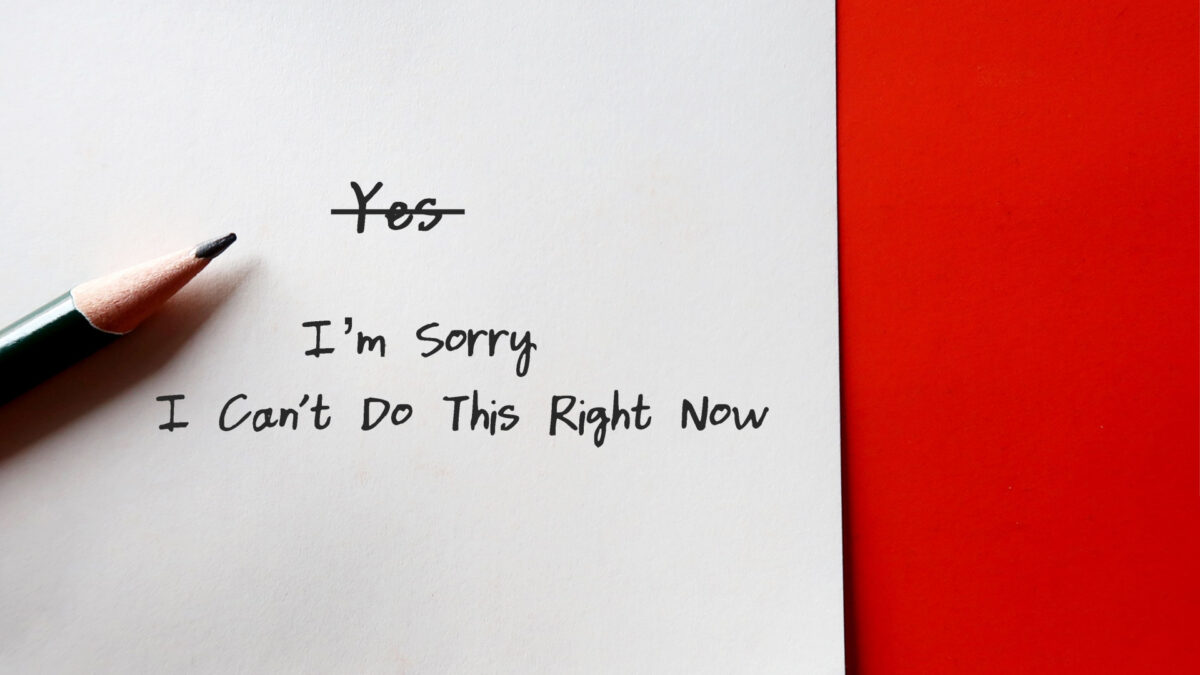With recent headlines declaring, “Sitting is the new smoking,” more workers are looking for ways to spend less time in their chairs. This has led to an increase in the popularity of standing and adjustable desks, with many experts agreeing these options have health benefits, such as reduced back and shoulder pain.
But not everyone is convinced that standing at your desk all day is an improvement. In fact, the Finnish Institute of Occupational Health analyzed a group of top studies and found that there isn’t conclusive evidence that standing for long periods is any better for you than sitting.
So, how do you decide if a standing desk is right for you? Your best bet is to look at your personal situation and make an informed choice after weighing all the options.
The Benefits of a Standing Desk
“The most significant benefit is how much better you feel throughout the day when you have the option of sitting or standing,” says Jeffrey Kelly, CEO of Notsitting.com, which offers reviews of different types of desks. “When you feel better at work, you get more done, have better focus, and are generally friendlier and more patient.”
Some of the most highly touted benefits of standing at work include the following:
- Increased Energy: Standing desks have been linked to higher levels of energy throughout the day. Companies such as Google and Facebook provide standing desks to keep energy levels and productivity high. “Sitting for long periods results in lower heart rate, lower blood flow, and lower metabolism because the body doesn’t need as much energy as when it is standing or walking,” Kelly says.
- Greater Productivity: This is likely linked to increased energy, but a study using the app DeskTime found that standing while doing tasks increased productivity 10 percent over sitting.
- Burns More Calories: Before you get too excited about this, remember that you’re not running a marathon at work. Nonetheless, research shows you burn an extra eight or nine calories per hour just by standing up, meaning you can burn off a Milky Way by the end of the week.
Possible Drawbacks of a Standing Desk
Although proponents have plenty of reasons to get excited about trading in their office chairs, be aware that critics have noted some downsides. Kelly says an adjustable desk can give you the best of both worlds. “Do some sitting, some standing, and some walking every day, multiple times per day,” he advises. “Get a good balance that works for your body.”
In the book “Get Up! Why Your Chair Is Killing You and What You Can Do About It,” Dr. James Levine advises creating a cycle of 20 minutes of sitting, eight minutes of standing, and two minutes of walking or stretching. Over the course of an entire workday, that gives you about five hours of sitting, three hours of standing, and several minutes of general movement.
Some of the drawbacks of standing all day at a desk may include the following:
- Foot and Back Pain: Standing in one position for too long causes pressure on your spine, and after a day of standing, your feet may hurt. If you’re a woman who wears heels to work, you would need a comfortable pair of shoes to change into while you stand.
- Neck Pain: This can occur when your desk is at the wrong height, causing strain when you hunch over or continuously look up. Finding the right desk height is important.
- Aggravate Pre-existing Health Issues: If you have existing back, knee, or hip problems or other conditions that make it difficult to stand for an extended period of time, you need to check with your doctor before trying a standing desk.
Taking a Stand
With so many options, it’s becoming easier and more affordable to add a standing desk to your work area. Adjustable desks are a great way to enjoy the best of both worlds at a lower cost. The line of office furniture at CORT Furniture Rental includes free-standing adjustable desks that let you transition between sitting and standing at the touch of a button.







